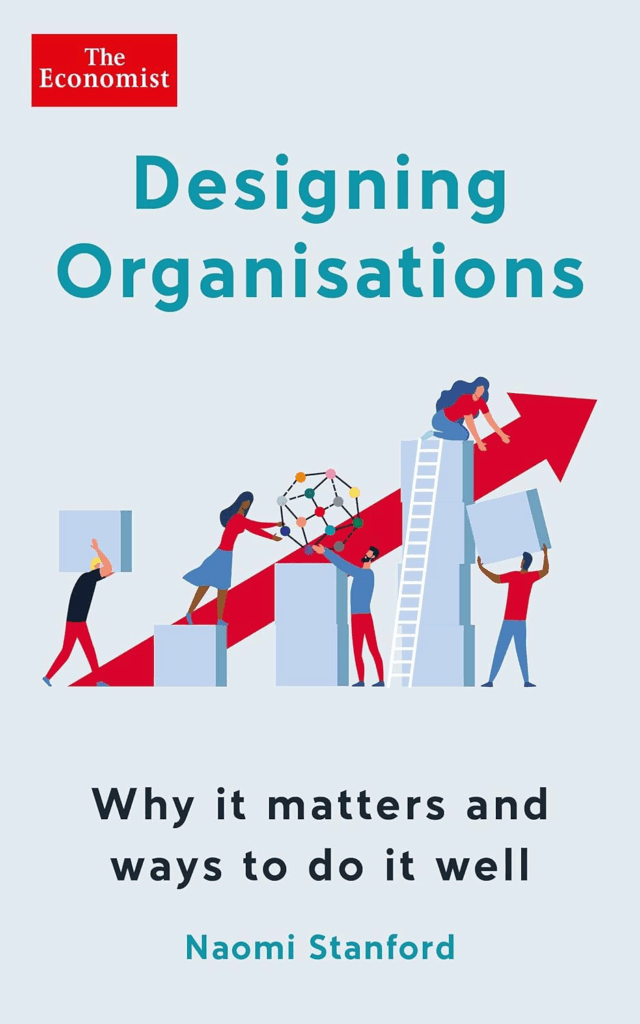Table of Contents
TL;DR – well-intentioned and (usually) poorly executed
Task Forces are often launched with the best intentions—to quickly resolve urgent issues or unplanned requirements. But when they become permanent fixtures, they signal deeper structural problems. Over time, such setups lead to hidden costs: code quality suffers, coordination overhead increases, and product strategy gets diluted.
Instead of patching symptoms, companies should investigate the root causes:
- Why aren’t stakeholder needs addressed in regular planning?
- Are internal systems underserved?
- Is there a smarter way to handle bugs and small features?
The article encourages leaders to treat the emergence of task forces not as a solution—but as a signal to rethink priorities, ownership, and structure.
The Task Force – What’s the deal with it?
When will my request be fulfilled? (General stakeholders) – In the past, such minor matters were simply dealt with on the side (Sales) – The platform teams should focus solely on their projects (IT management, product management) – That can be done quickly! (At the latest from the first level of management) – We have a project coming up related to that request, so we’ll include it then (Product management) – We’ll fix the live bugs later, we need to finish the project first (Product management).
Does this sound familiar to you? Your own company faces the same challenge, right? But let’s take a step back. What are we talking about here? Product development and product management constantly need to balance a wide range of requirements.
- By user type: External users vs. internal users (e.g., content management, accounting systems)
- By size: Projects vs. smaller features
- By type of value: Value creation (e.g.: revenue, PR, cost savings) vs. risk mitigation (through bug fixes and preventing platform outages)
- By degree of functionality: Functional vs. non-functional requirements
Task Force – the solution is quickly identified
The natural focus in companies is on projects for external users that promise high value and visibility. In contrast, smaller requirements and errors on the live platform are challenging to align with projects in daily operations. Even organisations shifting focus from projects to products with fixed teams cannot avoid this conflict (see also How Should I Slice My Product?). Let’s examine the typical causes:
- Small features can quickly metamorphose into full-blown projects.
- Constant context switching leaves the team with little room for conceptual thinking.
- For a team, a larger change or project tends to be more attractive—often due to greater visibility within the company and a higher chance to experiment with new technologies or approaches.
- The same applies to bugs left over from past projects. After all, who wants to clean up their own mess the day after the big party?
The solution is clear: we will establish a dedicated team to address these minor requirements. This strategy ensures that project teams focus on crucial points while keeping internal stakeholders satisfied. This team will be named either ‘Taskforce’, ‘Bypass Team’, ‘Fast Lane Team’, or more creatively ‘Doctors&Nurses’.
Is the Task Force merely addressing symptoms again?
Can you spot a pattern? The terms all describe addressing symptoms: ‘Fast Lane’ highlights slow product development. ‘Bypass’ indicates a bottleneck in requirements. ‘Taskforce’ suggests assembling a team to tackle a crisis, and so on. ‘Taskforce’ defines …a temporary group [with extensive decision-making powers] formed to solve intricate problems. (Bibliographisches Institut GmbH).
In practice, this task force is not temporary; instead, it is a permanent entity consisting of 2-3 or more developers, possibly with a dedicated feature owner. I deliberately use the term ‘feature owner’ here, not ‘product owner’!
Back to the Win-Win situation described above. After some time in practice, we observe unforeseen side effects of the Task Force principle:
- It’s hard to find developers or product managers who would want to be part of such a task force on a permanent basis. Even rotation models do little to increase willingness.
- Stakeholders instinctively use this channel as a secondary route to push their ideas and requirements around regular product planning.
- The cost of alignment and coordination with other teams rises significantly, as a task force constantly switches between technical and conceptual domains that are originally owned by other teams.
The mentioned factors lead to a more severe side effect, which is gradual and long-term in nature. When various stakeholders, who are also organisationally separated, work on the same technical domain, it inevitably affects the code quality.
The platform is also suffering
We can only achieve sustainable technical quality when there are clear responsibilities and, more importantly, clear agreements on quality standards within a component or domain. This includes agreements on continuous refactoring actions when implementing user stories, test coverage with unit and behaviour tests, and coding style as a crucial aspect for maintainability and comprehensibility. To attain this, the communication and coordination efforts between a task force and domain teams increase significantly.
In a 1:1 scenario, the effort involved can still be manageable, but when faced with a 1:n situation, it becomes an unacceptable hindrance on both ends, undermining the original idea of swift and uncomplicated implementation of minor requirements.
The quality and maintainability of the code are at risk of deteriorating, contributing alongside various other factors to an increasing accumulation of technical debt that may become unmanageable. The potential repercussions, such as a complete overhaul of the platform – whether done iteratively or in one go – are well understood.
“Often, we observe a conflict between a team’s medium- and long-term roadmap and the short-term enhancements.”
Not only can the goals on the technical side differ, but the goals on the economic side can also diverge. We often observe a conflict between a team’s medium- and long-term roadmap and the short-term improvements and corrections made by a task force. This so-called alignment (strategic direction and positioning) is thus undermined or requires significant effort from product managers to moderate.
The effects described above, such as technical debt, communication overheads, and unclear alignment, need to be considered as indirect costs in addition to direct costs such as salaries. The decision about whether it still adds up is left to each individual. During this phase, leaders often resort to trying to manage the system’s weaknesses through increased processes, such as additional coordination meetings, use of tools, and even more sophisticated prioritization mechanisms.
Is the Task Force all for nothing?
Is all this effort in vain? Yes and no. A Task Force, like many other organisational constructs, is aimed at addressing symptoms. We must instead create the space to analyse the fundamental issue and determine what triggers the call for an additional request channel.
- Why do stakeholders request features that aren’t currently on the product roadmaps of the other teams? Is there a lack of shared understanding of the goals and the sequence of actions derived from them?
- Why is there such a strong demand for improving internal systems (CMS, reporting systems, etc.)? Is there untapped potential here? And would it make sense to consider a small, specialised team for one of these areas?
- If not, is there a smarter way to pre-prioritise these requirements and integrate them into the planning of existing teams—without putting their goals and missions at risk?
- Why does a separate backlog for bugs exist—and why does it keep growing? Could we shift the responsibility for fixing bugs back to the teams? And could we even go one step further and introduce a zero-bug policy, ensuring bugs are fixed immediately and no backlog builds up in the first place?
In certain circumstances, a task force can be beneficial for collaboratively addressing overarching issues or bottlenecks, whether they are of a technical or economic nature. However, if a task force becomes a permanent fixture, it often indicates that the company is neglecting to contemplate the root cause of the problem and is hesitant to continuously reassess structures, processes, and objectives.
Book recommendation
Click, buy, and enrich me – my literature recommendation on the subject and an enlightening read on org design: Designing Organisations: Why it matters and ways to do it well

Hero image: Task Force 141 – „Doom on you Mr. Tango!“ by KJ


Leave a Reply